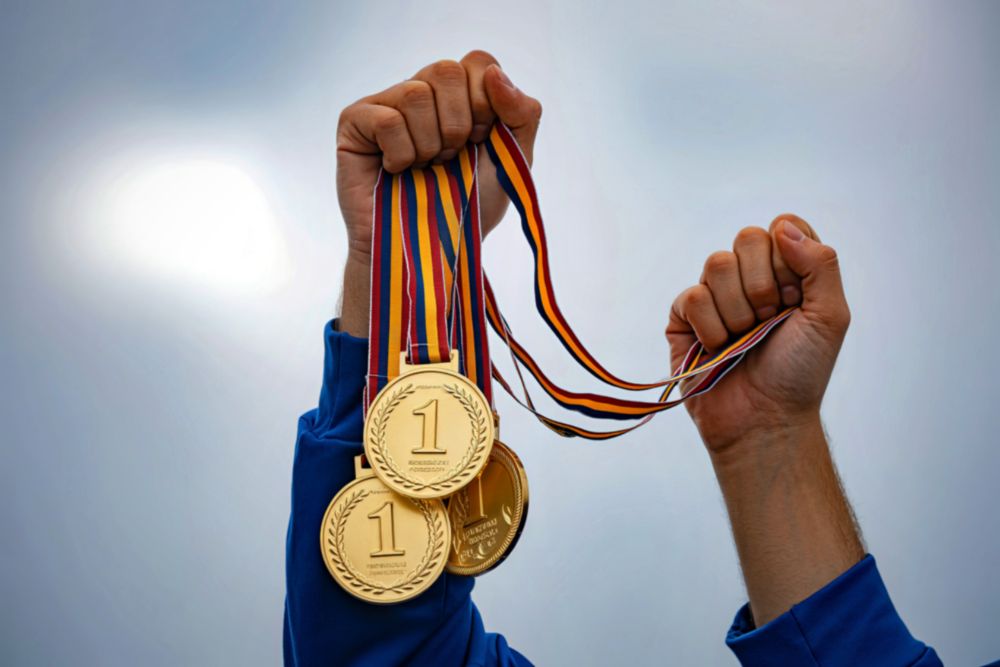
Italian Cycling
Italy, a country renowned for its rich history, exquisite cuisine, and breathtaking landscapes, also boasts a deep-rooted love for cycling. Italian cycling is more than just a sport; it's a way of life. From the iconic Giro d'Italia to the humble village races, Italy's passion for cycling runs deep. In this 1000-word article, we will delve into the history, culture, and the enduring love affair between Italians and their bicycles.
The roots of Italian cycling can be traced back to the late 19th century when the bicycle became a popular means of transportation and recreation. The first official bicycle race in Italy took place in 1870, and it marked the beginning of a love affair that would only grow stronger with time.
In 1909, Italy witnessed the birth of one of the most prestigious and challenging Grand Tours in the world of cycling, the Giro d'Italia. Modeled after the Tour de France, the Giro quickly became a symbol of Italian cycling excellence. It meanders through the country's diverse landscapes, from the rugged Dolomites to the picturesque Tuscan hills, attracting top riders and devoted fans from around the globe.
Italian cycling boasts an illustrious history filled with legendary riders who have left an indelible mark on the sport. Names like Fausto Coppi, Gino Bartali, and Felice Gimondi are etched in the annals of cycling history.
Fausto Coppi, often referred to as "Il Campionissimo" (The Champion of Champions), dominated the cycling scene in the 1940s and 1950s. His rivalry with Gino Bartali, known as "Il Pio" (The Pious), became legendary. This rivalry captivated the nation, transcending cycling and entering the realm of Italian folklore.
Gino Bartali's heroism extended beyond the cycling world. During World War II, he used his cycling fame to smuggle false documents in the frame of his bicycle, saving the lives of Jewish people fleeing persecution. Bartali's actions exemplified the values of courage, sacrifice, and resilience that Italian cycling has come to represent.
In the 1960s and 1970s, Felice Gimondi emerged as Italy's next cycling superstar. He became the third cyclist in history to win all three Grand Tours: the Giro d'Italia, the Tour de France, and the Vuelta a España. Gimondi's versatility and tenacity solidified Italy's reputation as a force to be reckoned with in the cycling world.
The Giro d'Italia, Italy's crown jewel in the world of cycling, deserves a closer look. This three-week race, typically held in May, showcases Italy's diverse landscapes, from the sun-drenched coastlines of Sicily to the high mountain passes of the Alps. The race covers over 3,000 kilometers and is a grueling test of endurance and skill.
One of the Giro's most famous climbs is the Passo dello Stelvio, a high mountain pass in the Italian Alps. The Stelvio is not only a challenging ascent for cyclists but also a breathtakingly beautiful one. The sight of riders battling the elements while ascending its hairpin turns is a defining image of the Giro.
The Giro's pink jersey, or "Maglia Rosa," is a symbol of excellence in Italian cycling. Wearing the Maglia Rosa is a dream for every Italian cyclist, and it represents the pinnacle of success in their career. The passionate Italian fans, known as "tifosi," line the roads, creating an electrifying atmosphere that rivals any sporting event in the world.
Cycling is deeply ingrained in Italian culture. It's not just a sport but a way of life. Italian cities and towns are designed with cyclists in mind, featuring bike lanes and dedicated paths. Commuters often choose bicycles as their preferred mode of transportation, contributing to the country's efforts to reduce emissions and traffic congestion.
The café culture is an integral part of Italian cycling. Cyclists often gather at local cafes before and after rides, sipping espresso and discussing routes, bikes, and the latest cycling news. These café stops are where friendships are forged, and cycling stories are shared.
Italy's cycling heritage extends beyond the professionals. Local races, known as "Gran Fondos," attract thousands of amateur cyclists from around the world. These events allow participants to experience the thrill of racing on the same roads as their cycling idols.
Italy is home to some of the world's most renowned bicycle manufacturers. Brands like Bianchi, Colnago, and Pinarello have earned international acclaim for their craftsmanship and innovation. The distinctively elegant design and attention to detail make Italian bicycles highly sought after by cyclists worldwide.
Bianchi, the oldest bicycle manufacturer still in operation, was founded in 1885 and is known for its signature "Celeste" color, a light turquoise that is instantly recognizable. Colnago, founded by Ernesto Colnago in 1954, has a reputation for producing high-performance racing bicycles. Pinarello, founded in 1952, has been ridden to victory in countless Grand Tours, thanks to its cutting-edge technology.
Italian cycling is a celebration of history, passion, and excellence. From the iconic Giro d'Italia to the legendary riders who have graced its roads, Italy's love affair with cycling is unlike any other. The country's rich cycling culture, with its café stops and Gran Fondos, showcases the deep connection between Italians and their bicycles.
Italian bicycle manufacturers, with their meticulous craftsmanship and design, continue to set the standard for quality in the industry. The Maglia Rosa remains a symbol of excellence in the cycling world, and the tifosi's unwavering support creates an atmosphere that is truly electric.
In Italy, cycling is not just a sport; it's a way of life. It's a journey through history, a celebration of passion, and a testament to the enduring love affair between Italians and their bicycles. Whether you're a professional rider tackling the Giro d'Italia or an amateur cyclist exploring the picturesque countryside, Italian cycling offers an experience like no other.







